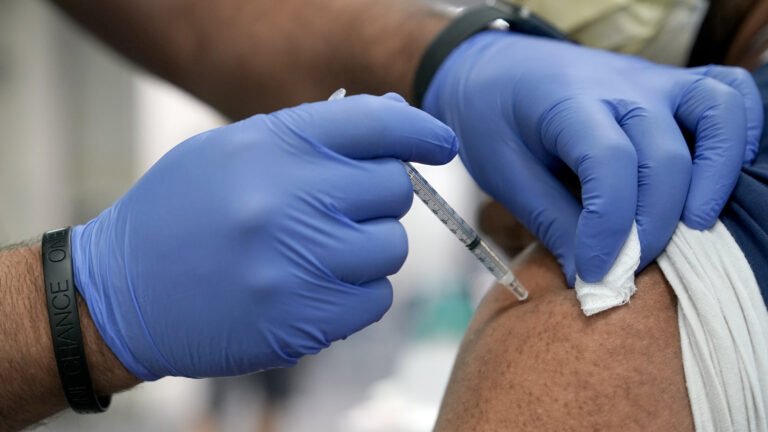Clinicians seeing a miserable patient with the sniffles or a cough commonly face a challenging choice: give them antibiotics on the off chance they help, or educate a patient who feels gross why those antibiotics won't work. More of than not, clinicians take the easy way out and reach for the prescription pad.
The problem of course is that this leads to millions of unnecessary antibiotic prescriptions every year. It's one major driver of epidemic antibiotic resistance, and also why the epidemiology of the antibiotic-associated infection C diff is worse than ever.
This problem doesn't persist because clinicians are stupid or uncaring. Rather, it is their best intentions that lead them astray. Faced with a concrete potential benefit for the patient in front of them versus an abstract risk down the road, often times clinicians choose that concrete potential benefit over a hard-to-imagine intangible risk like antibiotic resistance or future C diff. Even if the risks FAR outweigh any potential benefits.
A point-of-care test that could tell both docs and patients that those symptoms are definitively from a virus could really change that whole dynamic. And, it could save us from a lot of antibiotic misuse.
A new study out today brings us closer to that reality. Researchers out of Duke found gene expression combinations that were nearly unique to viral vs bacterial vs non-infectious illnesses. To learn more, check out this new post by Eric Boodman in STATnews. I was proud to be quoted in it. See also this very thoughtful post by the ever- excellent Judy Stone at Forbes.
This is not the first test to try to tell bacterial and viral respiratory infections apart. Other similar tests have tried the same thing, and seemed promising at the outset but ultimately flamed out. Take procalcitonin testing, for instance. The reason so many tests have failed before is that the promising diagnostic data found in early studies conducted amid artificially distinct clinical populations and implausibly controlled lab circumstances looked much worse once applied to the messy real world of clinical medicine. That's the next hurdle this new technology has to surmount: to show convenient quick utility in real patients in the real world.
I have my fingers crossed that this new technology will be better!

![[ M U R M U R S ]](http://images.squarespace-cdn.com/content/v1/51efa33ce4b09afa04cb2a66/1376911411704-LDY4UEIH1WRGPUXTMLJU/Logo.jpg?format=1500w)













